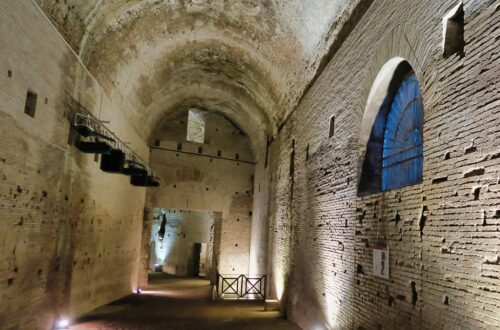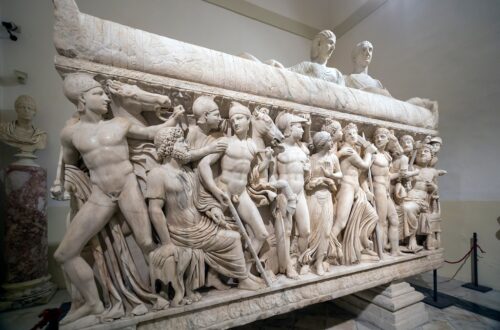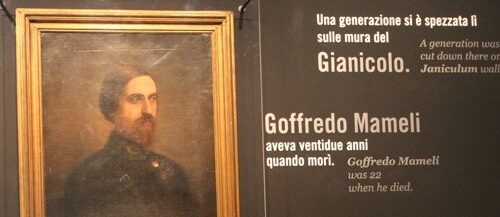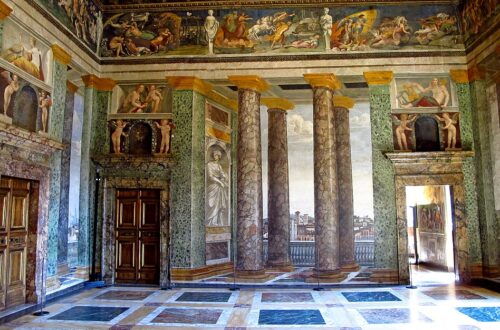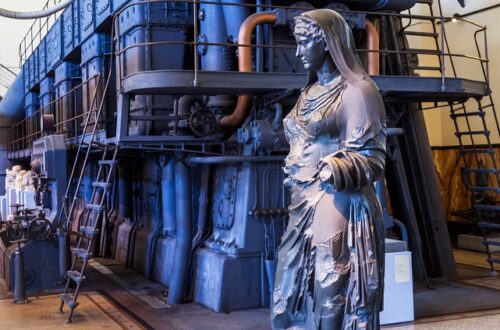The Pantheon is one of the best preserved examples of the monumental architecture of ancient Rome. Its history begins in 27 B.C., when Marcus Vipsanius Agrippa, son-in-law, friend and collaborator of Octavian, had a first temple built in this area dedicated to ‘all the gods’. Having fallen into a state of neglect and subsequently sacked by barbarians, in 609 A.D. it was donated by the Byzantine emperor Phocas to Pope Boniface IV, who consecrated it by dedicating it to Santa Maria ad Martyres and thus preserving it from the spoliation that affected many other ancient monuments in the Middle Ages.
In 1625, under the pontificate of Urban VIII Barberini, it was deprived of the bronze covering of the portico in order to melt St Peter’s canopy. The episode gave rise to the famous saying, entrusted to the talking statue of Pasquino: ‘Quod non fecerunt barbari, fecerunt Barberini’ (“What the barbarians did not do, the Barberini did”). In 1870, the Pantheon became the shrine of the kings of Italy, and houses the remains of Victor Emmanuel II, Umberto I and Margaret of Savoy, as well as the tombs of numerous artists including Raffaello Sanzio.
What is most striking about the Pantheon’s architecture, along with its cylindrical structure, is its size: the height of the building is equal to the diameter of the dome, just over 43 metres, a feature that reflects the classical canons of rational Roman architecture. In the centre of the dome is an oculus, 9 metres in diameter, which allows natural light to penetrate and illuminate the entire building.
